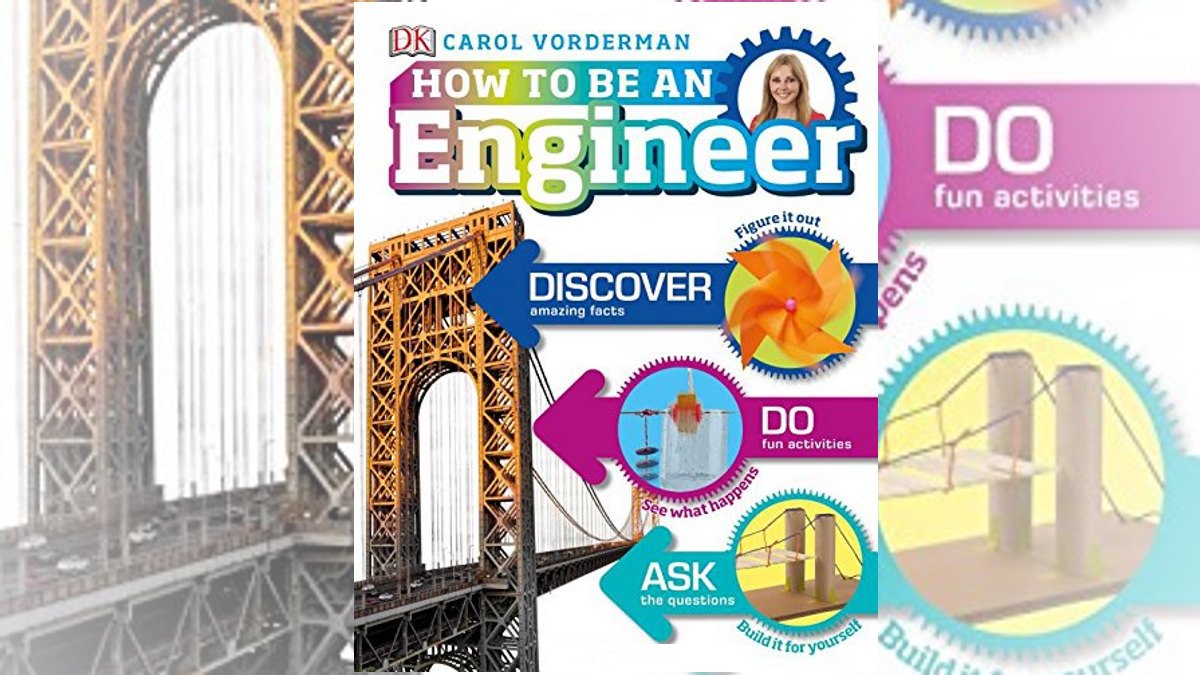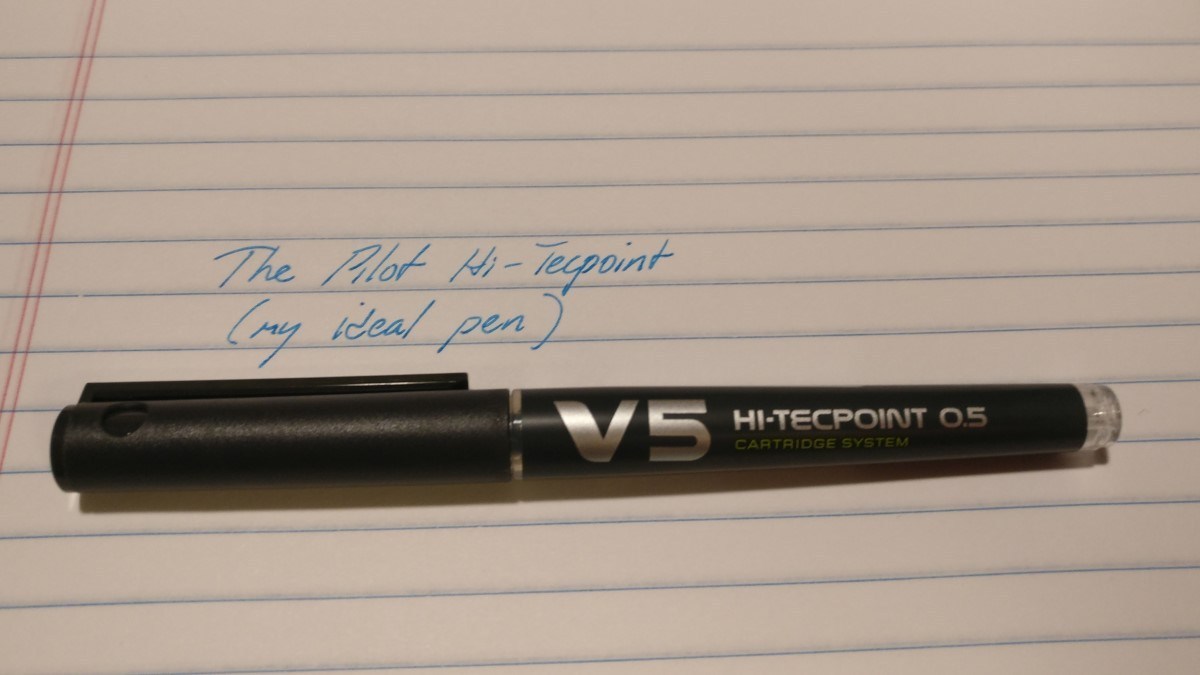This week’s word is “Engineering.”
For this week’s Word Wednesday I’m back on familiar ground with DK children’s non-fiction. The wholly excellent How to be an Engineer, written in conjunction with one of the UK’s preeminent math/science popularizers, Carol Vordemann. Vordeman has been a household name in the UK for several decades after appearing on the long-running game show, Countdown. She was in charge of solving the numbers round when the contestants failed to do so. Day after day Carol would solve complex mental arithmetic problems whilst the nation looked on in awe. If you were a geek in the 80s Britain, Carol Vorderman and Countdown were about as good as it got.
This mathematical wizardry was, of course, backed up with some serious credentials, and, since leaving Countdown, Carol has gone on to use her background in engineering to popularize science and math. Vordemann has a passion for extending STEAM learning having been something of a trailblazer herself. She was the first person from her town to go to Oxford or Cambridge. She is a fully trained pilot, flying a Diamond DA42 twin-engine airplane. She is also on the board of NASA’s Challenger Centers. There are few people better qualified to bring engineering to life.
What is How to be an Engineer?
It’s 144 pages of mechanical excitement, filled with clearly explained descriptions of engineering principles. The book is stuffed full of easy to build projects and experiments designed to inspire young minds. It is suitable for readers aged 8 upwards.
How to be an Engineer is broken down into 5 sections:
- Amazing Materials. Different Types of Material. How to make bricks and build walls. What makes things snap, bend, or rust? How plastic is made and why are tubes so strong? Experiments include the classic egg drop!
- Strong Structures. How towers are built, types of bridge and why are arches so strong? What makes a good tower and which surface is best for a road? Experiments include gumdrop towers and building your own suspension bridge.
- Mighty Machines. What is a machine? Screws, gears, pulleys, wheels, axles, and slopes – they’re all in this section. Make a catapult, lift weights, learn how an engine works. Robots and computers are in the machine section too. Experiments include perennial favorite paper-cup phones.
- Getting Around. Planes, trains, and automobiles. If it transports something it’s in this section. How do boats float? How does a steam engine work? Why don’t planes fall out of the sky? Experiments in this section will see you build hovercrafts and balloon jets. What’s not to like?
- Incredible Energy. Not the stuff your kids have at 6 am on a Sunday morning, but just about everything else. What are the different types of energy? (In the above case, usually kinetic and sound.) How can we store it? How is electricity made? Experiments include toasting marshmallows in a solar oven!
Throughout the book, there are also pages devoted to famous engineers, with a good balance between male and female. Entries include Stephanie Kwolek, Brunel, Da Vinci, Grace Hopper and Nikolai Tesla.
Why Read How to be an Engineer?
Like all the DK books I’ve reviewed this book delivers exactly what it set out to do. It explains the fundamentals of engineering in a clear and accessible manner. It is an excellent companion book for science-based homework for children aged 7-12.
The bright vibrancy of the photos, holds the attention and the experiments outlined are well thought out an easy to follow. They won’t cause too much destruction to your house either. As ever, for DK books, the text is well laid out. There’s never too much text in one place, so it shouldn’t overwhelm younger readers. The descriptions are relevant, concise, and interesting. Young engineers should be swept up in it straight away.
I’ve been massively impressed with this book. Most of the DK books are great for delivering facts and information. How to be an Engineer delivers that, but also, fittingly for a book on such a practical subject, it adds a great hands-on experience too. All in all, if you have a wannabe engineer in your house, you should definitely check this one out.
How to be an Engineer is released in May 2018 and can be purchased here, in the US and here, in the UK.
Did you enjoy this review? If so, do check out my other Word Wednesday posts, here.
 Disclaimer: I was sent a copy of this book for review
Disclaimer: I was sent a copy of this book for review




